 Sweet Vidalia by Lisa Sandlin
Sweet Vidalia by Lisa Sandlin
When Eliza Kratke arrived home one die, she finds her husband, a railroad man, clutching his chest near his car. After a harrowing car ride to the hospital, he dies. Then it turns out that he has been living a double life and has drained their accounts to support a second wife. Eliza’s 30-year marriage is over and she’s determined to make her own way, selling her possessions, renting out her house, and rebuilding her life. She moves to a low rent motel called the Sweet Vidalia Residence Inn, which will take her dogs as well, and enrolls in business college, becoming a stand in mom for a cast of neighbors and fellow students. It’s a briskly-paced tale of a woman for doesn’t just cope when her life is turned up-side down, but finds her true strengths and thrives. Sweet Vidalia a coming-of-age-novel about a woman in her fifties, with engaging characters, crackling dialog, and a protagonist you won’t forget.
We’re all suspects on this Train by Brian Stephenson
An homage of sorts to Murder on the Orient Express, Stephenson’s novel is set on an mystery book festival that takes place on a train travelling across the Australian outback, where struggling writer Ernest Cunningham is working on his second book, a sequel to his (and Stephenson’s) Everyone In My Family Has Killed Someone. As luck would have it, one of the writers, a surly drunk, winds up dead, and Ernest and the others investigate. It’s partly a send up of publishing and full of mystery novel tropes which Ernest invokes as metacommentary as he tells the story. There’s both direction and misdirection and plenty of fun. I’m going back to read Everyone In My Family Has Killed Someone.
Water, Whiskey, and Vodka by Danko Šipka
Šipka’s book is an introduction to Slavic linguistics for general readers, which is a bit of an oxymoron. But the book is as accessible as possible requiring a minimum of background in linguistics or Slavic languages (but some). Šipka’s treats the history of the Slavic languages, from Indo-European fotward, the sound system, including the complex palatalizations and yer-vowels, morphology, borrowing from language to language, literacy, orthography., and more. There is even a chapter on celebrity Slavic linguists. In the chapter on “language wars,” the author steers clear of the relationship between Ukrainian and Russian though he gets into some of the other political issues of language and identity. As for the titular water, whiskey, and vodka, in case you were wondering, refers to the etymological connections among the three. All are from the Indo-European root. You can raise a glass to Šipka’s story of the Slavic languages.
The Wife, the Maid, and the Mistress by Ariel Lawhon
I grew up hearing references to the missing Judge Crater (mostly, I think, in comic strips—he was the Jimmy Hoffa of his day). Ariel Lawhon offers a fictional retelling of Crater’s disappearance, with prominent roles to a trio of women: his long-suffering spouse Stella, his mistress Ritzi, and the Craters’ maid Maria, who is the wife of a police detective and has a second job as a seamstress. There are gangsters, crooked politicians, crooked cops, and showgirls. Lawhon builds the story by tacking back and between the present and past events, keeping the reader a bit off balance. In the present days, Crater’s widow Stella is finally revealing the whole story to retired detective Jude Simon, Maria’s widower. In the past narrations, we get the story though the eyes of Stella, Maria, and Ritzi. An engaging bit of historical fiction, but I was a bit underwhelmed at the ending.
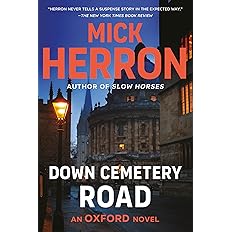 Down Cemetery Road by Mick Herron
Down Cemetery Road by Mick Herron
It’s starts with a contentious dinner party interrupted by house exploding down the block. Sarah Tucker, a young housewife who is bored and at loose ends as a wife, becomes obsessed with the missing child who survived the attack. With the help of a local private detective she sets out to find the missing girl, running into roadblocks and cover ups. When the detective is killed, she joins force with a mysterious Eventually she joins force with a mysterious ex-military man dying after being exposed to secret military testing, and the two of them, together with the detective’s partner, track down the girl. It was a good story, but I was hoping for something a bit more in the vein of the Slough House series, though Gerard Inchon, the unlikable client of Sarah’s feckless husband, feels like a prototype for Jackson Lamb. I’ll continue the series, but won’t rush off to buy them.
The Bear Went Over the Mountain by William Kotzwinkle
This was a bit of a disappointment, except pt for some of the dialogue. The satire seemed a bit over the top. A bear finds a novel buried in the woods by a hapless English professor and passes it off as his own, creating the persona Hal Jam and getting an agent and publisher and the attention of Hollywood. The professor meanwhile hibernates in the Maine woods, eventually emerging to sue to reclaim his work. I got a bit bored with it but it reminded me of the later novels, The Plot (and its sequel The Sequel) as well as Yellowface.

 Follow
Follow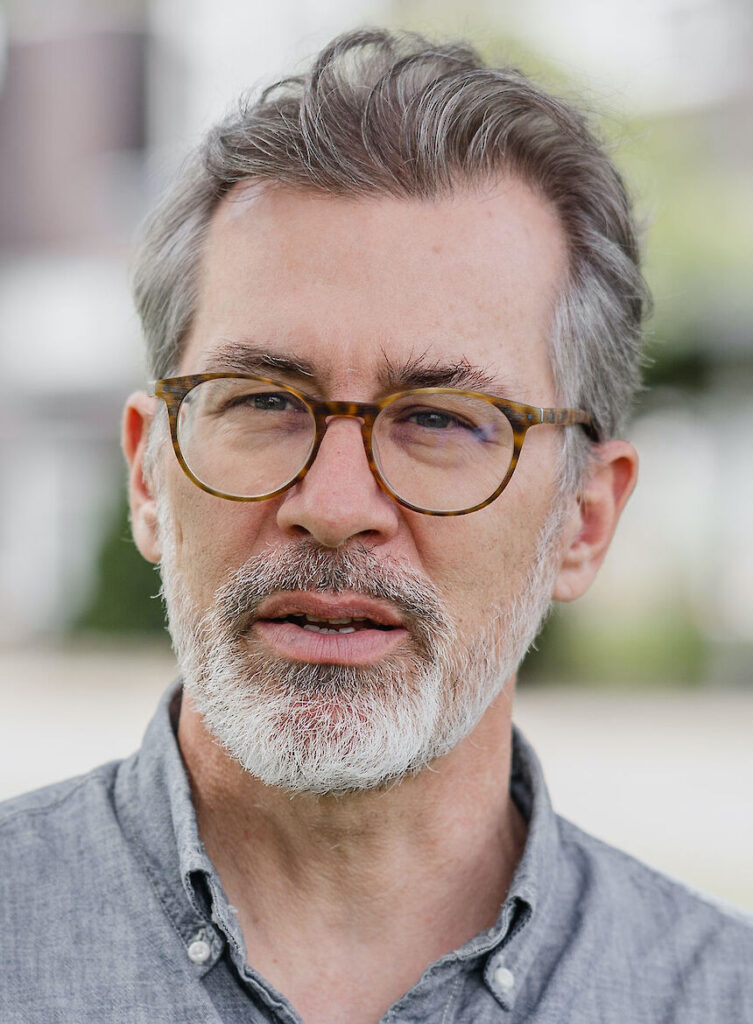
 ME: The thing we call his first word is “round-round,” which he used to describe a ceiling fan. It was immensely important at the time because it resolved itself out of his babbling. Which is to say, he was vocalizing repeatedly, then my attention shifted a bit, which is when I realized he was trying to tell me something. I repeated the word, and he responded happily to my recognition.
ME: The thing we call his first word is “round-round,” which he used to describe a ceiling fan. It was immensely important at the time because it resolved itself out of his babbling. Which is to say, he was vocalizing repeatedly, then my attention shifted a bit, which is when I realized he was trying to tell me something. I repeated the word, and he responded happily to my recognition. After a few preliminaries, Pullum gets right to categories (words, sentences, nouns, verbs , determinatives, adjective, adverbs, etc. ), moving on to types of clause (content, relative, passive) and finishing up with Mythical Grammar Errors, and discussions of Spelling and Pronunciation, and Style. Pullum is remarkably concise, getting to the point of such complexities as when you can drop that subordinator that or how fewer and less actually work with a minimum of fuss or confusion.
After a few preliminaries, Pullum gets right to categories (words, sentences, nouns, verbs , determinatives, adjective, adverbs, etc. ), moving on to types of clause (content, relative, passive) and finishing up with Mythical Grammar Errors, and discussions of Spelling and Pronunciation, and Style. Pullum is remarkably concise, getting to the point of such complexities as when you can drop that subordinator that or how fewer and less actually work with a minimum of fuss or confusion.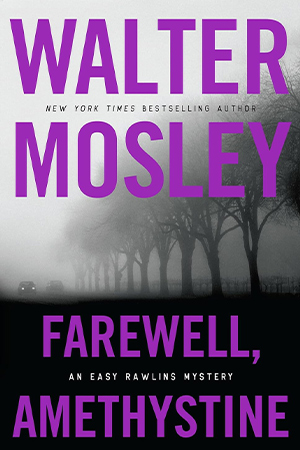 Farewell, Amethystine by Walter Mosely
Farewell, Amethystine by Walter Mosely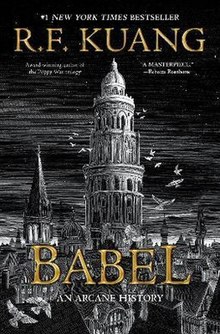 Babel by R. F. Kuang
Babel by R. F. Kuang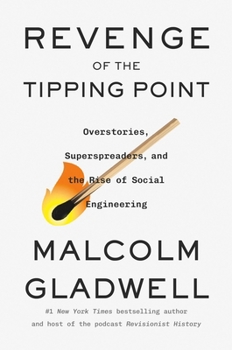 The Revenge of the Tipping Point by Malcolm Gladwell
The Revenge of the Tipping Point by Malcolm Gladwell